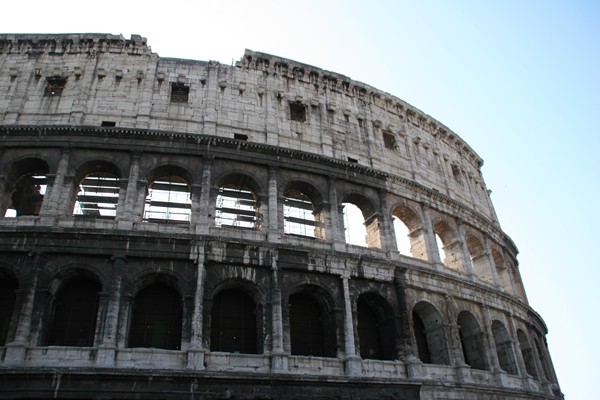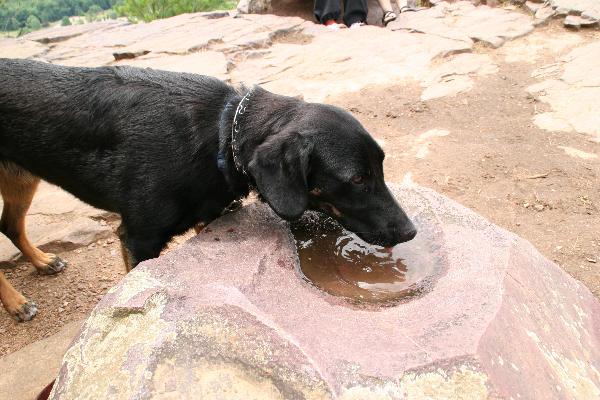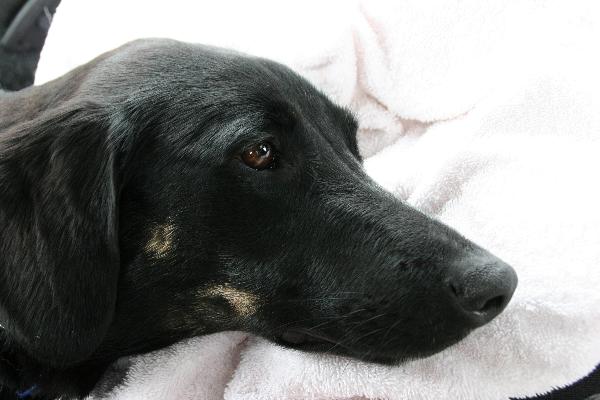My dad moved recently. I feel sorry for him, with his sad history of living in these kinds of places:

It turns out, though, that he now lives less than 2 km from a Peet's. So it's not as bad as it seems from the photos.
Via my dad, the New York Times Frugal Traveler visited Chicago recently:
What was this city, then, if such as myself, on a low budget, could essentially see, do and eat whatever I wanted without straining my wallet? Were the skyscrapers merely a prairie mirage, a veil for the cheap, accessible delights hidden at their feet? If I asked John, he'd surely cite Descartes's deceiving demon, while Tiffany would, I bet, simply shrug the question away.
From this past weekend, in Lincoln Park, Chicago:

Incidentally, the building behind him is the Parker School.
My body doesn't know if I got up this morning at 7 or midnight. I can't decide whether or not I'm hungry. And because I neglected to check email for two days, I had 980 messages totalling over 600 MB (one of my friends sent me the same...photos...four...times), of which 650 were spam.
I will now collect my dog.
I'm traveling this week. Three guesses where:

So far it's been great. It only rained a bit on Thursday. Today I was on a train most of the day, as I will be tomorrow. Exhausting but fun.
More later.
Does it seem odd to anyone that a boat from land-locked Switzerland won this year's America's Cup last night?
Parker had just about the longest day of his life yesterday when we drove up to Devil's Lake State Park, near Baraboo, Wis., for a 9 km hike. That's a lot for a dog of any size, not even counting that it involved a 150 m climb at one point. Fortunately there were stairs, courtesy of the Civilian Conservation Corps circa 1938:

He had, I think, the best walk ever. He met other dogs:

Found enough to drink along the way:

And discovered a hollow tree:

Finally we reached the top of the ridge to rest. He initially seemed nervous about the height but, with a few scritches behind the ear, relaxed:


Also, I'm happy to report, he had a restful car ride in both directions:

The June Solstice happens in 15 minutes, at 1:06pm CDT. Happy Summer! (Or, you know, winter, for the one-third of the world who live in the Southern Hemisphere.)
I'm visiting my Ps, nowhere near Parker:

Also, some sad news. Reggie, the Aussie standing just behind my dad in the photo above, has lung cancer. He's over 12 years old, and he isn't in any pain right now, but it's only a matter of time. They're totally spoiling him for his last few months: last night, he got about a quarter of dad's steak, for example.